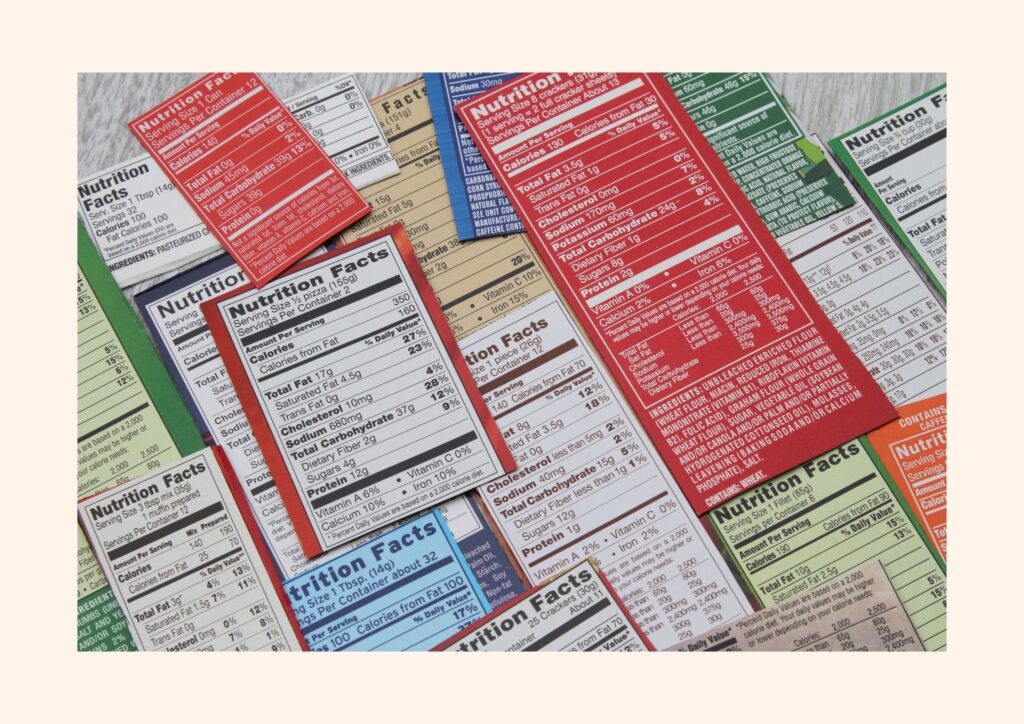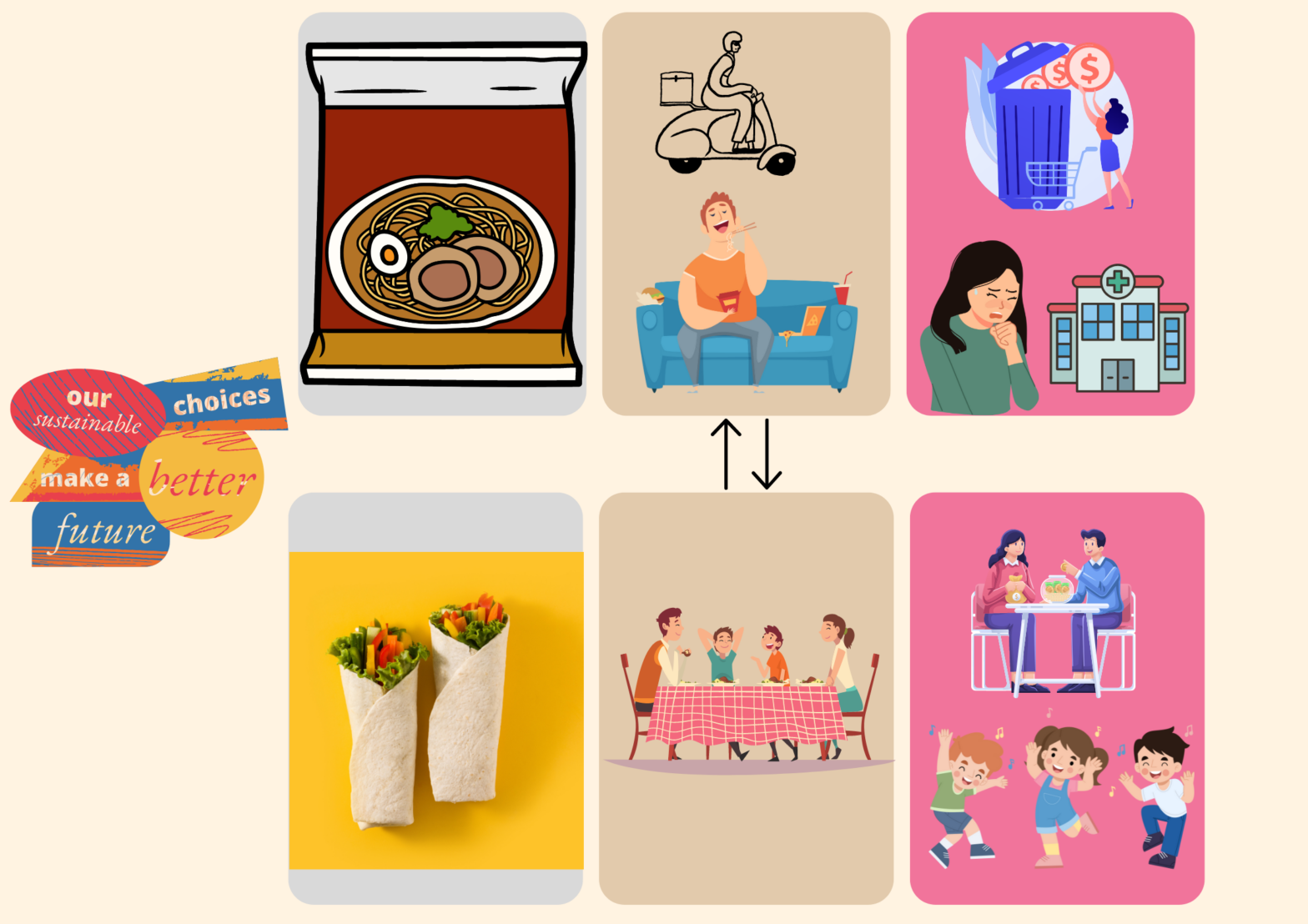Food – we all love it! But, did you ever stop to think about the powerful impact your food choices have on your health? The saying, “You are what you eat,” holds more truth than you might think. In this post, we will explore the importance of food, the advantages of fresh fruits, vegetables, pulses, homemade meals, and the potential drawbacks of junk food.
In our busy lives, it’s all too easy to reach for a bag of chips or order takeout, but these convenience foods often come at the expense of our health. They’re typically high in unhealthy fats, sugars, and sodium, and low in essential nutrients.
Now, imagine removing all those packaged foods from your pantry and replacing them with simple, homemade meals. Sounds time-consuming? It doesn’t have to be! You don’t need to whip up gourmet meals. Even simple dishes native to your region, like a salad, cooked rice, or a homemade nut butter, can be a healthier alternative to processed foods.
It’s a good practice to incorporate a variety of fruits and vegetables into your diet. The myriad of colors that fruits and vegetables come in each represent different types of nutrients. By eating a rainbow of these foods, you ensure that your body gets a complete range of nutrients it needs to function optimally. Legumes, such as beans, lentils, and chickpeas, are nutrient powerhouses that provide good amounts of fiber and protein. Including a variety of legumes in your diet can contribute to heart health, blood sugar control, and a healthy gut.

Whole grains are another key component of a healthy diet. Unlike refined grains, whole grains retain all parts of the grain — the bran, germ, and endosperm. These components contain health-promoting nutrients that are often lost in the refining process. Thus, choosing whole grains over refined ones can significantly enhance your nutrient intake and contribute to better health.
Home cooking has numerous advantages. It allows you to control the ingredients and portion sizes, helping you maintain a balanced diet. Plus, it’s often more cost-effective than eating out or buying pre-packaged meals. Best of all, there’s a sense of satisfaction and accomplishment that comes from preparing your own meals. If you’re a meat eater, consider opting for grass-fed, free-range meat. This type of meat is often leaner and contains a higher amount of protein and nutrients compared to meat from conventionally raised animals.
But what about cravings, you ask? We all have them, and that’s okay! The goal isn’t to completely eliminate your favorite treats but to find healthier alternatives. Swap out that milkshake loaded with ice cream for one made with milk, nuts, and natural sweeteners like dates. Replace the deep-fried patty in your burger with one made from vegetables, lean protein, or grilled meat. Instead of reaching for store-bought chips, why not try baking a potato at home?

Reading labels is another important habit to cultivate. Don’t just trust the ‘healthy’ tag on the packaging. Look at the ingredients list and the nutritional information. Educate yourself about what goes into your food. It’s important to be cautious of instant homemade foods as well. They might seem like a convenient option, but they are often less nutrient-dense than whole foods. The more a food is processed, even if it’s for the sake of convenience, the more nutrients it loses.

Remember, the transition to a healthier eating habits doesn’t happen overnight. It’s a journey, and every step you take towards healthier food choices is a victory. In the next blog post, we’ll explore the importance of exercise in achieving our health goals. But for now, let’s celebrate the progress you’ve made in understanding the vital role of food in your health journey. Here’s to making healthier food choices, one meal at a time!

